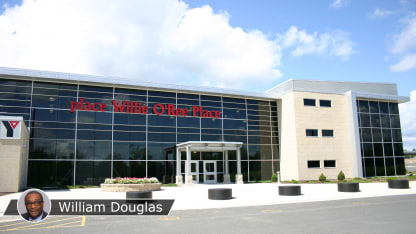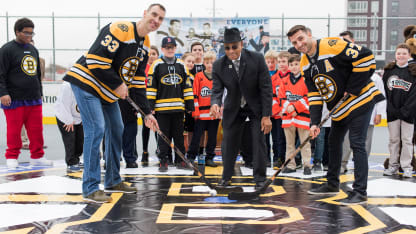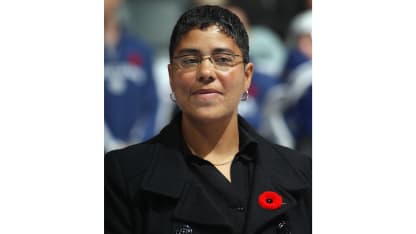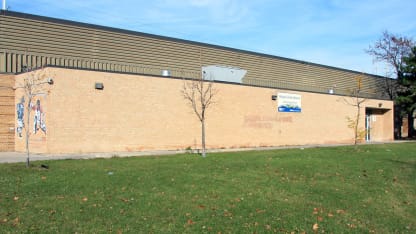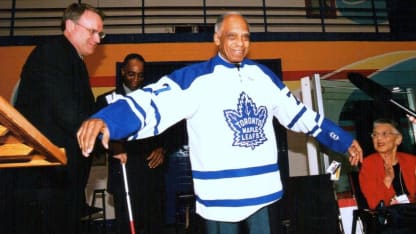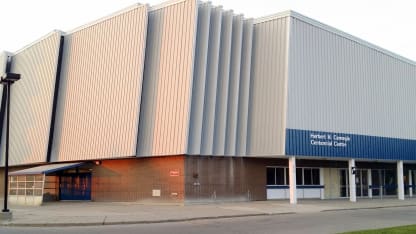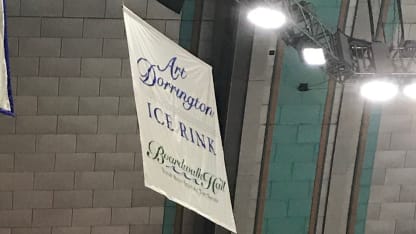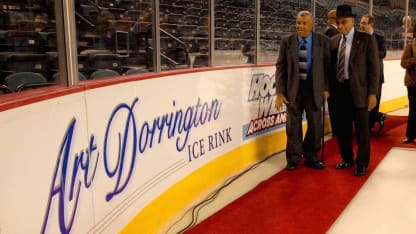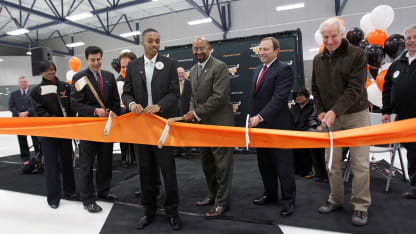To some, they are just ordinary buildings -- nondescript facilities that house ice sheets, scoreboards, benches and locker rooms.
But a few rinks among the more than 10,000 spread across the United States and Canada are much more. At least six rinks in North America are named after Black men and women, monuments to those who have left an imprint on hockey and in the communities that the facilities serve.
From the shores of Atlantic City to the riverbanks of Fredericton, New Brunswick, the rinks are a roll call of both recognizable and unheralded figures.
Willie O'Ree
, who became the NHL's first Black player when he debuted with the Boston Bruins on Jan. 18, 1958, has the distinction of having two rinks that bear his name. The city of Boston unveiled the Willie O'Ree Street Hockey Rink in November 2018 prior to his induction in the Hockey Hall of Fame in the Builders category.
"I think it's great," O'Ree, the NHL's Diversity Ambassador, said at the rink's dedication ceremony. "I think any time you can erect a facility where you can bring boys and girls and get them together, different races and creeds, and get them out to enjoy the game … what more can you ask?"
